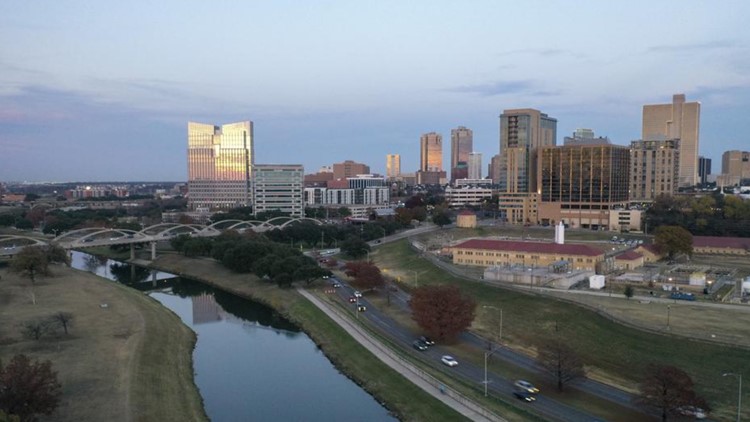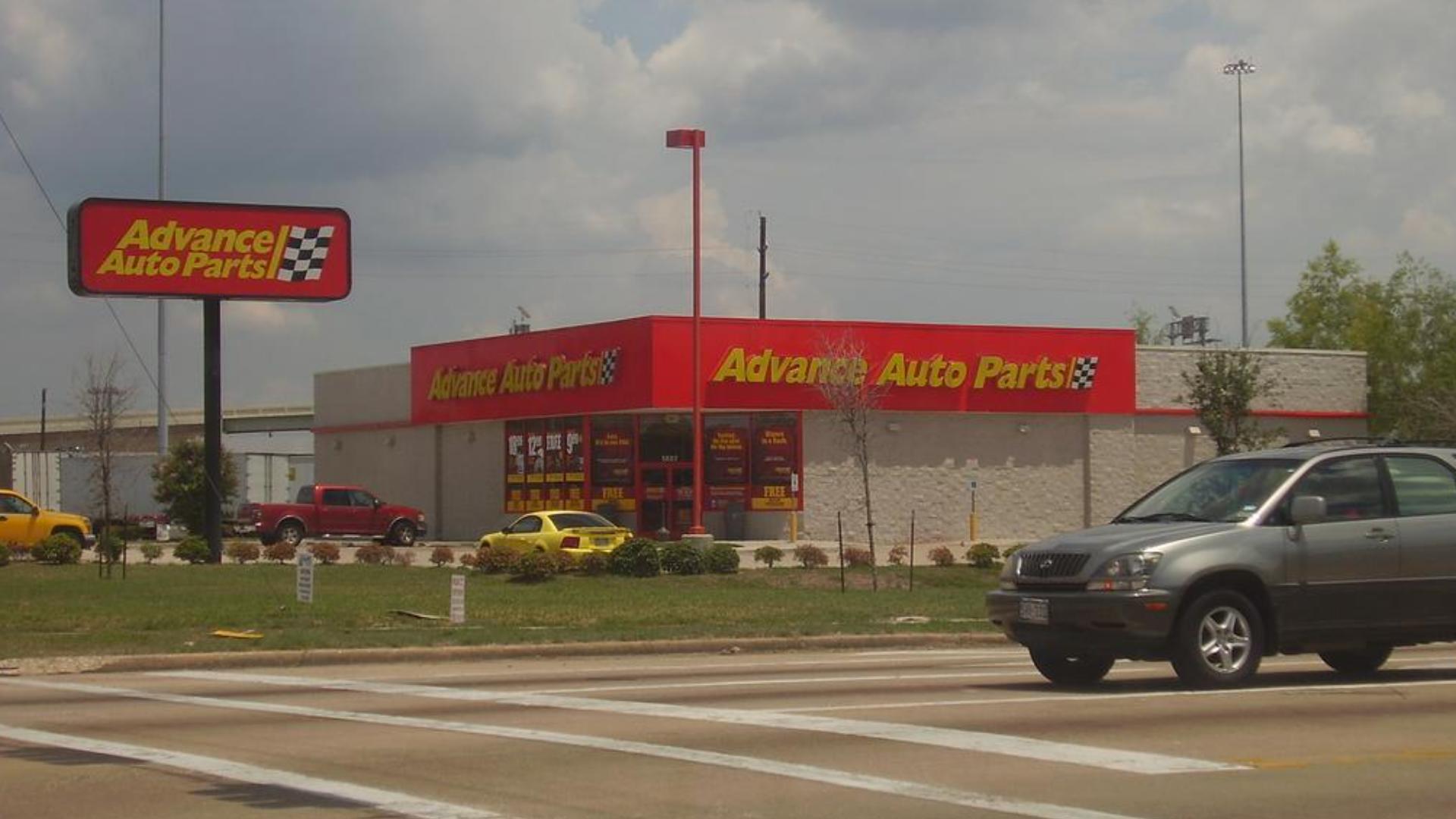FORT WORTH, Texas — This article was originally published by our content partners at the Dallas Business Journal. You can read the original article here.
The demand for commercial real estate space in Fort Worth has outpaced the Dallas-Fort Worth region, a new report by CoStar shows.
Fort Worth is one of the fastest growing cities in the U.S. In 2022, the city recorded the largest population increase in the country. According to the most recent U.S. Census data, Tarrant County, centered on Fort Worth, added 27,301 people, about 75 people a day, between July 2022 and July 2023. With that population growth comes increased demand for commercial space.
Compared to the DFW region, Fort Worth has outperformed in industrial, multifamily, retail and office demand since 2020, the new report by CoStar shows.
Fort Worth saw an increase in occupied multifamily units at 19% compared to the DFW average of 15%. Office vacancy in Fort Worth also remained lower than the regional average — 12.5% compared to the average of 18% in DFW. The report cites the recently built Crescent building in the city's Cultural District, which is 90% leased, as a sign of demand for nice office space. The Cultural District is seeing a wave of office development — more than 400,000 square feet is planned to start construction within the next year.
Bill Kitchens, a director of market analytics for CoStar, said Fort Worth is typically known for its industrial space. But population growth is fueling demand for multifamily and office.
"With Fort Worth's population continuing to grow, one, they need more housing, that's for sure," Kitchens said. "And I think some of these new office examples of office buildings, I think will be great examples for future development and really test the appetite for for new office construction, especially when we consistently hear from the brokerage community [that] tenants are seeking newer spaces."
On the multifamily side, the report states developers are active in various neighborhoods such as West Seventh and the Cultural District, Near Southside and suburbs along Chisholm Trail Parkway. There's still 5,775 units under construction, but the report notes the pace of construction is slowing.
By far, the largest increase of commercial demand over the past four years was on the industrial side, the report says. In the last four years, the industrial capacity grew by 10%, about double the rate of the DFW area. In 2023, there was 176 square feet square feet of occupied industrial space per person in Fort Worth, compared to 131 square feet per person in DFW.
The largest concentration has been to the south of the intersection of I-20 and I-35 West, to the north of the Alliance industrial hub, and near Northlake, Justin and neighboring cities in Denton County.
"Alliance has certainly emerged as a leader in industrial space, just in terms of new supply added to the market," said Cody Gibbs, a director of market analytics for CoStar.
While retail has seen growth, it's been at a slower rate that's consistent with the region and national level, the report said. Demolitions of retail centers such as Towne Plaza in Fort Worth in 2022 impacted supply of retail space. Much of the new centers have been focused in the northern and western parts of the city.
More DBJ content:



